
Skinamarink is a film that is likely to upset most people on several levels. On one hand, its experimental arthouse style will alienate general audiences. On the other hand, its subject matter and premise are extremely uncomfortable for most people to accept.
The story is told in a deliberately disjointed style, reminiscent of a half-remembered nightmare that you can’t shake the sweats from. Despite this, the story is not the focal point of Skinamarink. This film aspires to make the viewer feel uncomfortable and nostalgic, akin to a troubling distant childhood memory.
For some, Skinamarink will appear as one of the most unsettling and nerve-wracking horror films ever made. Most general viewers, however, will find it uneventful, confusing, and boring. What is this film about? Does its avant-garde style pay off? Discover in this Skinamarink review!
Skinamarink (2023)
Production Company: Mutiny Pictures, ERO Picture Company
Distributor: Shudder, IFC Films, Bayview Entertainment
Director: Kyle Edward Ball
Release Date: January 13, 2023
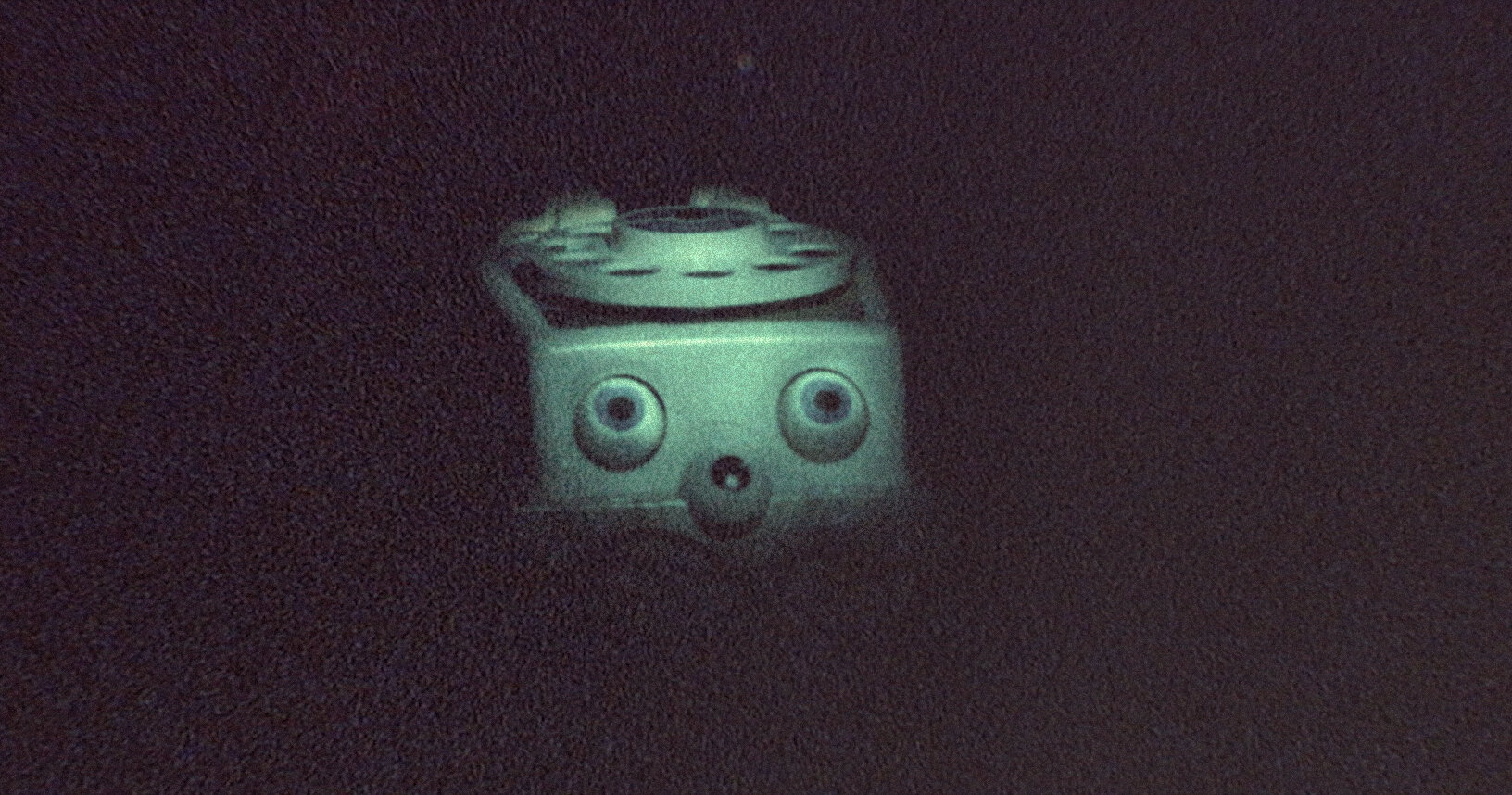
Skinamarink begins ominously with Kevin and Kaylee engaged in a game of hide-and-seek. During the game, an accident occurs as Kevin apparently falls down the stairs while sleepwalking.
The incident is depicted through a series of confusing edits and a voiceover of the father speaking over the phone. This sequence culminates in Kevin and Kaylee becoming trapped in their own house, as windows, doors, and even toilets begin to vanish from existence.
The two siblings, aged between four and six years old, lack an understanding of the grave danger they are in. Their primary coping mechanism involves turning on the TV to watch old cartoons and playing with Legos, illuminated by the screen’s glow, as they are unable to reach the light switches. The situation takes a turn for the worse when a malevolent entity reveals itself to the children, causing the very fabric of their reality to unravel even further.
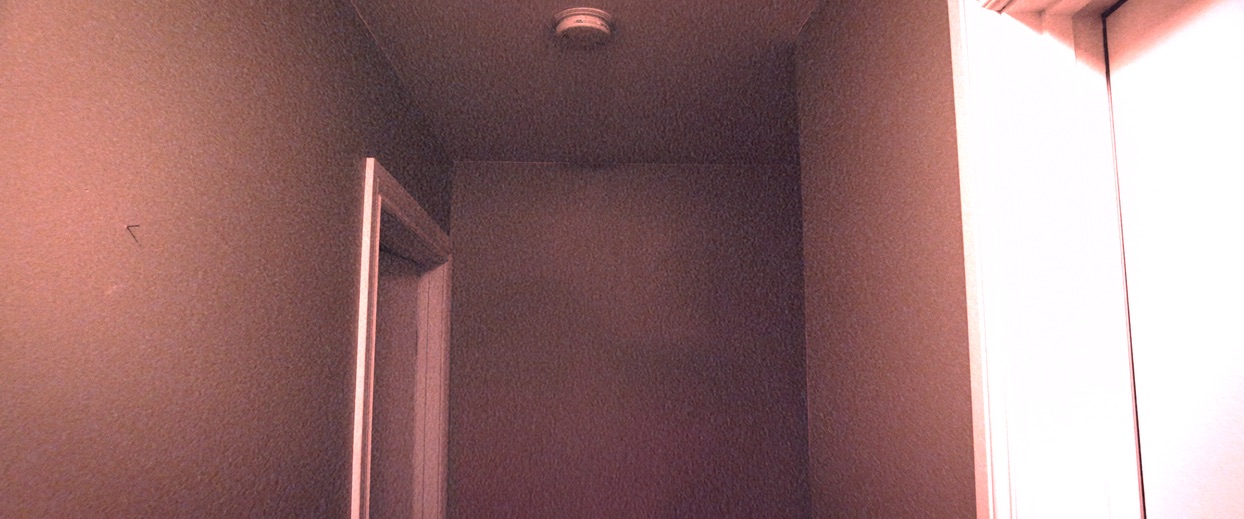
The children’s toys begin to defy the laws of gravity, becoming lodged in the ceiling or on the walls. They encounter ghostly apparitions of their parents who speak to them in cryptic ways. There’s an implied suggestion of possible abuse, and it’s conceivable that the unseen entity tormenting the children might have been invited by their mother.
The director of Skinamarink appears to be a significant fan of The Twilight Zone: The Movie (1983), as evidenced by numerous visual homages and subtle references to Joe Dante’s segment, It’s a Good Life. Both films feature the Betty Boop cartoon, Bimbo’s Initiation, and each set of sibling characters experiences the unsettling loss of their mouths.
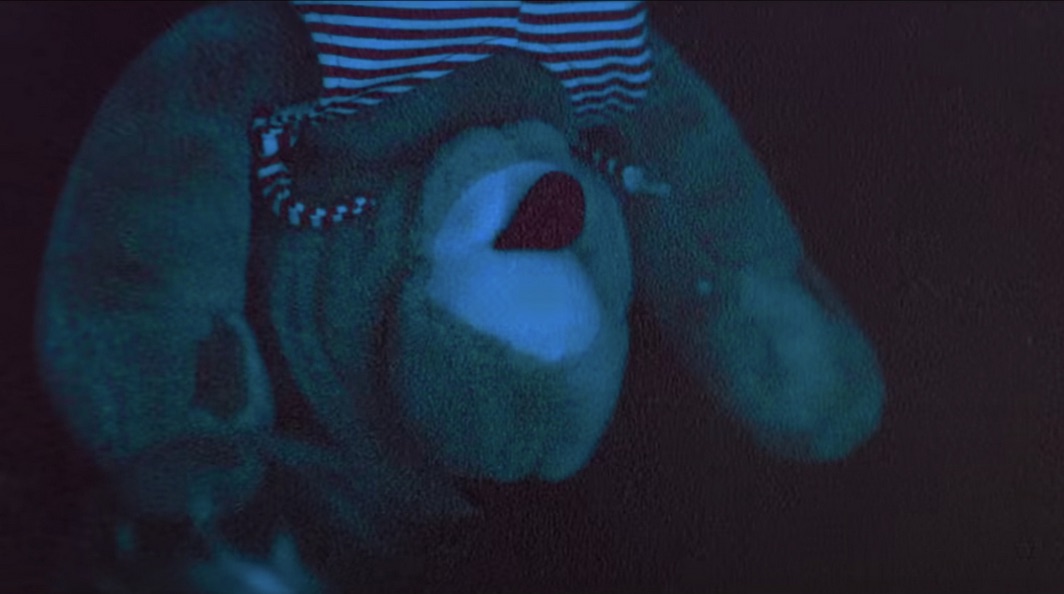
Skinamarink‘s the action is never presented with a clear view. Shots of the characters can often resemble elusive Bigfoot photos, leaving the viewer with a sense of uncertainty. Conversational scenes break away from traditional shot reverse shot angles, with no visual depiction of characters speaking. Instead, all audible dialogue was recorded and dubbed into the film after shooting.
Occasionally, hardcoded subtitles are present. The director intentionally incorporated sound and dialogue that barely rise above a hushed whisper, further contributing to the film’s unsettling atmosphere. However, the inconsistency in subtitling is a drawback, as a substantial portion of the dialogue remains barely comprehensible without subtitles.
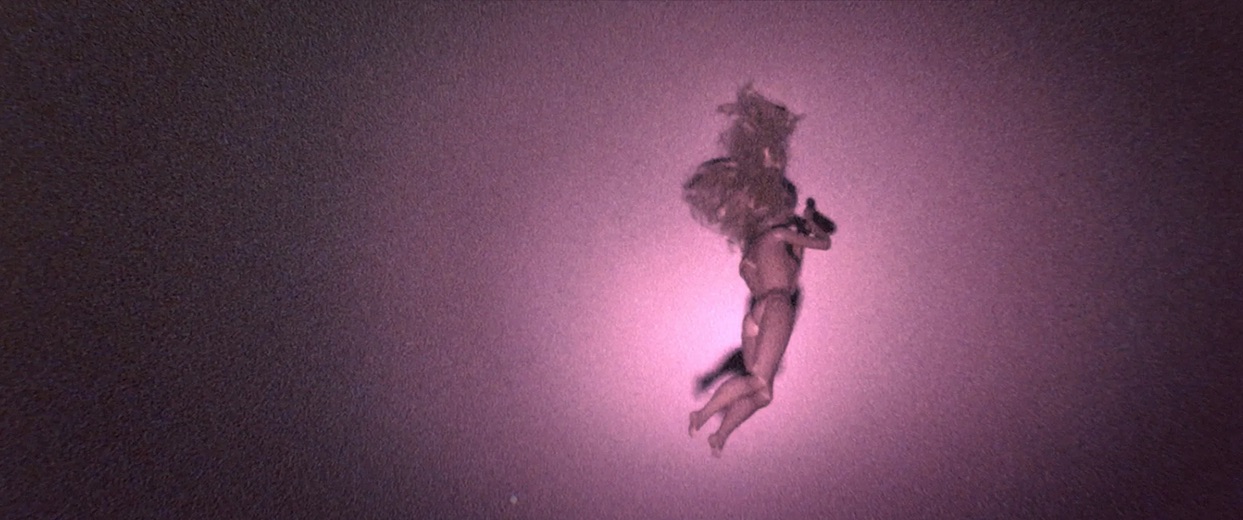
Cinematography is aligned with the children’s eye level, resulting in angles that frequently point upwards or linger close to the floor. The film employs prolonged shots that focus on ceilings, scattered toys, and glimpses into dimly lit rooms or hallways, creating a sense of unease.
Despite its 100-minute duration, the film struggles to justify its length. Significant footage could be trimmed, shortening the movie to 70 minutes without noticeable impact.
The dense grain effect is intended to evoke a sense of nostalgia, resembling an old home movie or a Polaroid brought to life. However, the application of this filter is questionable, as it exhibits a noticeable loop where specific scratches and imperfections consistently reappear at the same intervals.

A subtler filter choice would have been preferable, especially considering that the story mostly unfurls in dimly lit or dark rooms. The continuous effort required to decipher the on-screen visuals becomes tiring, akin to navigating through a snowstorm of visual noise.
On Blu-ray, Skinamarink‘s image quality yields diminished returns. The film was intentionally designed to appear rugged and hazy. Viewing it in HD seems almost pointless, as the experience remains one of disjointed graininess regardless of the resolution. Although there isn’t a VHS version available, if one were to exist, it could be considered the most authentic way to immerse oneself in the Skinamarink experience.
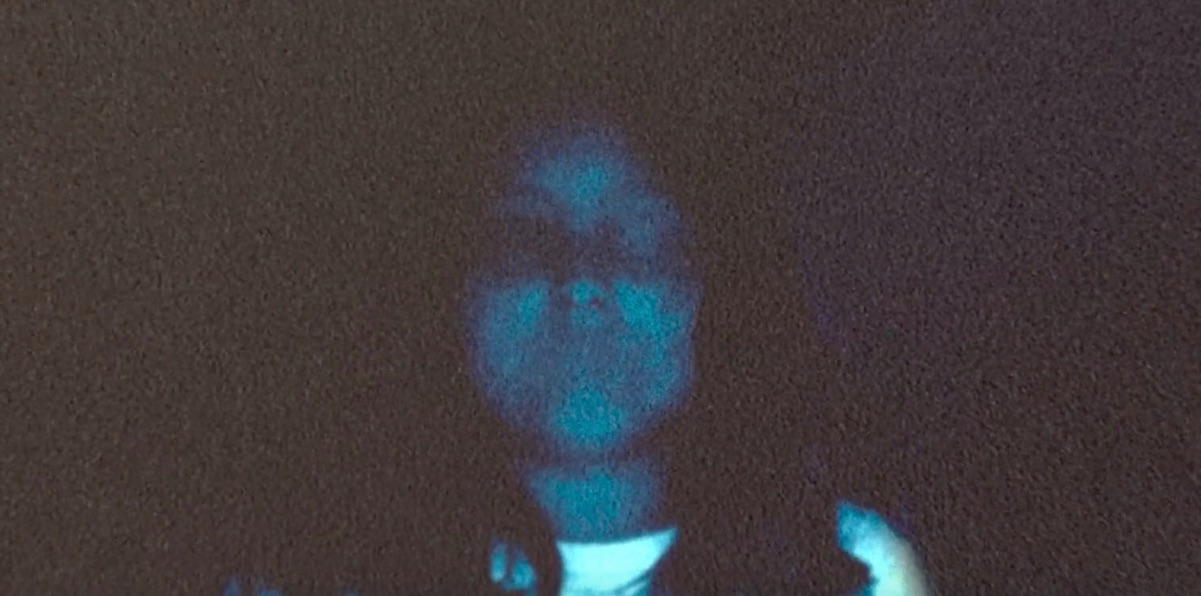
The strength of Skinamarink lies in its ability to internalize the unfolding events. The children’s situation is undeniably bleak, yet they remain oblivious to the severity of their circumstances. Their only solace lies in playing with toys near the TV, which loops surreal 1930s cartoons.
Kevin and Kaylee endure a living nightmare, punctuated by well-earned jump scares. In moments when the atmosphere is successful, Skinamarink effectively captures the sensation of being a child alone in a dark house. The film excels at evoking the fear associated with shadows lurking in the corner of the room or doors slightly ajar, leading to an abyss of darkness.

Skinamarink isn’t crafted for enjoyment, and that appears to be by design. Kyle Edward Ball aimed to create an unsettling and uncomfortable experience, fully aware that achieving this effect would come at the expense of conventional entertainment.
Genuine nightmares aren’t intended for amusement; they tend to be traumatic or distressing occurrences that most individuals strive to forget. Skinamarink might give the impression of a film that general audiences would rather consign to oblivion or, in some instances, perceive as a tedious cinematic misfire. It’s not an easy film to endure, yet it bears value in experiencing at least once.
Skinamarink was reviewed on Blu-ray using a copy purchased by Niche Gamer. You can find additional information about Niche Gamer’s review/ethics policy here. Malignant is now available on DVD and Blu-Ray.